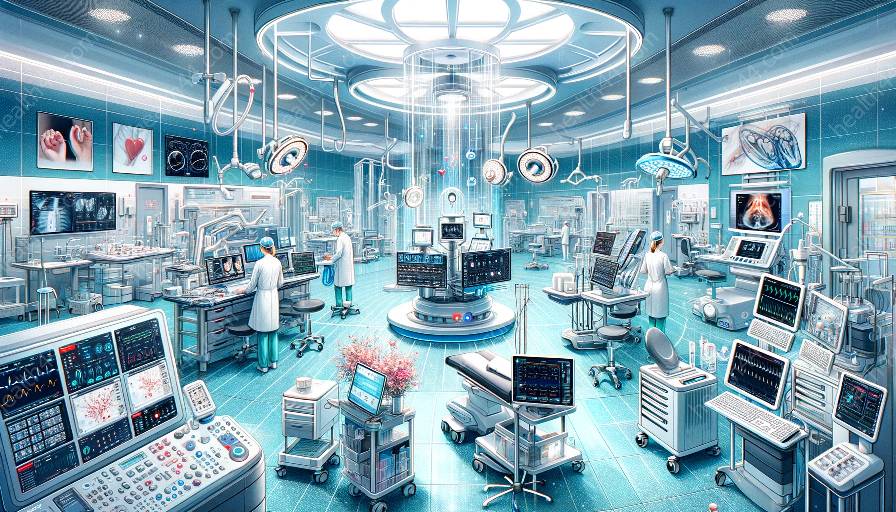Biomechanical principles play a crucial role in the development of medical devices for gait analysis, bridging the gap between biomechanics and healthcare. By understanding the interaction of human movement and mechanical principles, engineers and medical professionals can create innovative devices to analyze and improve gait patterns. This topic cluster will explore the intersection of biomechanics and medical devices, shedding light on how these disciplines come together to benefit the field of healthcare.
The Importance of Biomechanics in Gait Analysis
Biomechanics is the study of mechanical aspects of living organisms, focusing on how forces and movements affect the human body. When applied to gait analysis, biomechanics provides valuable insights into the complexities of human locomotion. By understanding the interplay between muscles, bones, and joints, biomechanists can identify abnormalities or inefficiencies in a person's gait pattern.
Biomechanical principles such as kinetics, kinematics, and electromyography are crucial for assessing gait dynamics. Kinetics deals with the forces that cause motion, while kinematics focuses on the spatial and temporal aspects of movement. Electromyography measures the electrical activity produced by skeletal muscles, offering insights into muscle function during gait.
Development of Medical Devices for Gait Analysis
Medical devices for gait analysis integrate biomechanical principles to evaluate and enhance human movement. These devices range from wearable sensors to sophisticated motion analysis systems and force plates. By capturing essential biomechanical data, these devices enable healthcare professionals to assess gait abnormalities, monitor rehabilitation progress, and customize treatment plans.
One of the key advancements in this field is the use of inertial measurement units (IMUs) and pressure-sensing insoles. IMUs are small, lightweight sensors that can be attached to the body to track movements in three-dimensional space. Pressure-sensing insoles provide detailed information about foot pressure distribution and gait dynamics, helping clinicians understand how the feet interact with the ground during walking.
Integration of Biomechanics and Medical Devices
The integration of biomechanics and medical devices is essential for improving gait analysis and enhancing patient care. Through advanced motion capture technology and data analytics, healthcare professionals can gain comprehensive insights into gait patterns, thus enabling precise diagnosis and tailored interventions. Additionally, real-time feedback from wearable devices empowers individuals to self-monitor their gait and make necessary adjustments to improve their overall mobility.
Furthermore, the collaboration between biomechanics experts, engineers, and healthcare professionals fosters the development of personalized medical devices for gait analysis. By leveraging biomechanical principles, these interdisciplinary teams can design solutions that address specific biomechanical issues and contribute to individualized patient care.
Future Implications and Innovations
The future of medical devices for gait analysis lies in the continued integration of biomechanics with cutting-edge technology. Innovations such as artificial intelligence and machine learning hold the potential to revolutionize gait analysis by interpreting complex biomechanical data and offering predictive insights. Moreover, the miniaturization of sensors and the advent of smart textiles will enable the seamless integration of wearable devices for continuous gait monitoring in daily life.
As the field of biomechanics continues to evolve, the development of medical devices for gait analysis will contribute to improved clinical outcomes and enhanced quality of life for individuals with gait impairments. By harnessing biomechanical principles, medical devices will become more sophisticated, precise, and accessible, ultimately shaping the future of healthcare.


